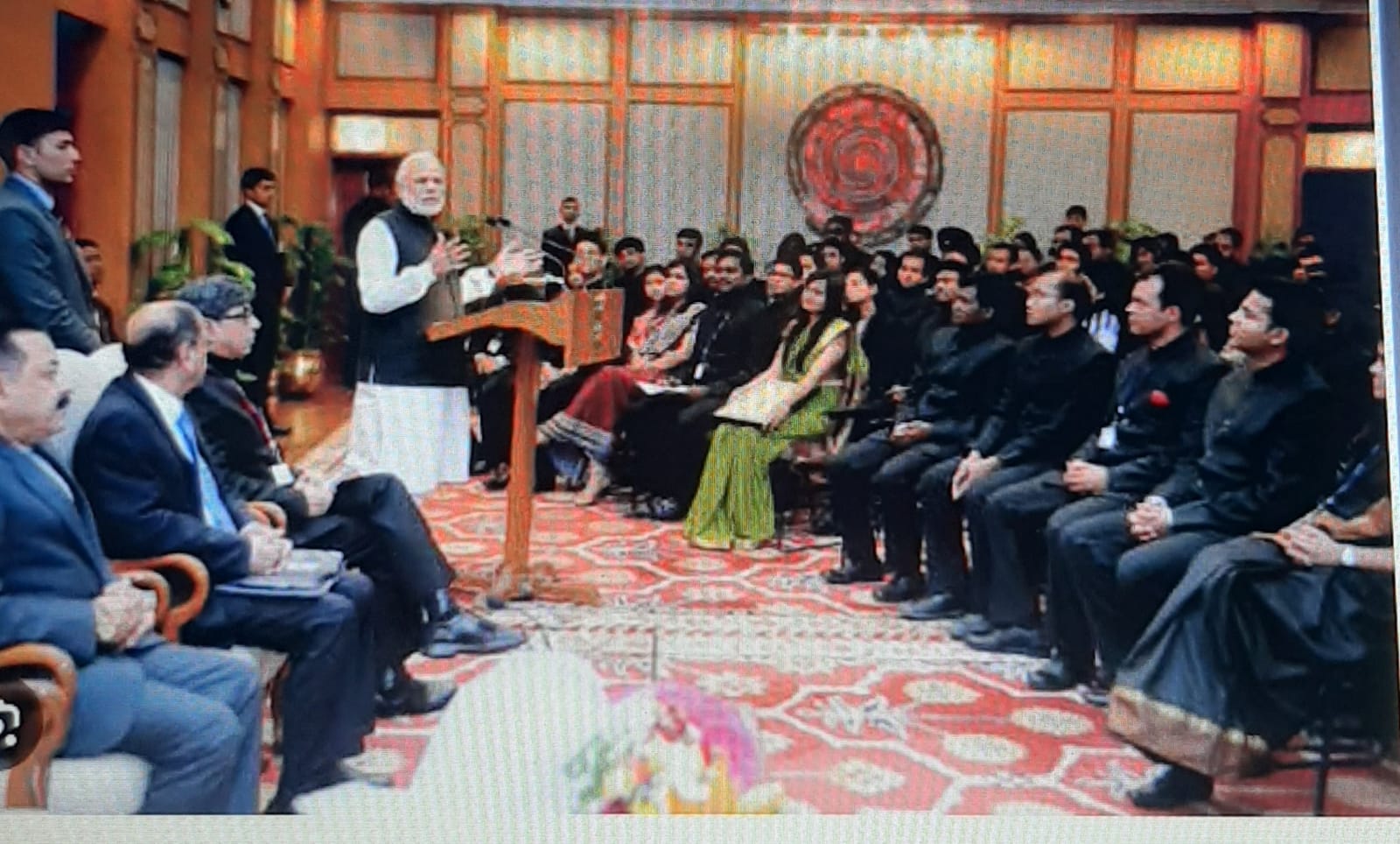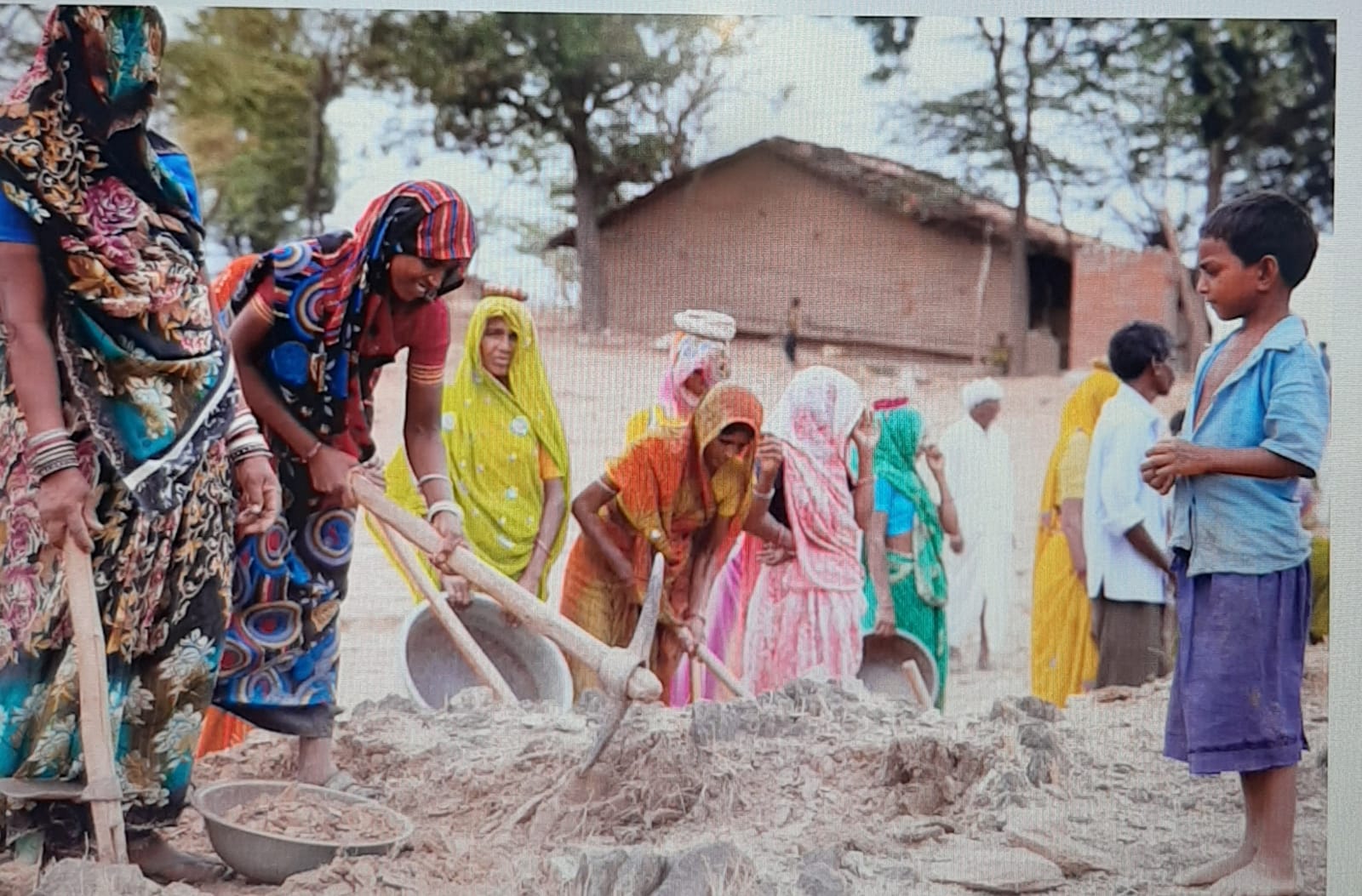Understaffed Indian bureaucracy requires quantitative and qualitative improvement for better governance

India’s bureaucracy is grossly understaffed compared to many developed nations with efficient governance systems. But by balancing quantity with quality, India can transform its “people-thin, process-thick” bureaucracy into a robust engine for inclusive development, writes former IAS officer V.S.Pandey
For decades, a narrative has been sedulously crafted by civil society that the Indian bureaucracy is elephantine-too Big, highly bloated and needs to be trimmed to improve the performance of governments. With this dominant narrative holding sway, whosoever came to power at the center or state, started singing the same very tune of “downsizing” the government to “cut down “ so-called “wastages” and divert precious tax payers money to people centric schemes. It was very unfortunate that this myth that the Indian bureaucracy is highly bloated and needs to be trimmed drastically has never been critically examined and compared with the situation prevailing in other salient countries. The question of whether India’s bureaucracy is bloated or understaffed compared to well-administered, developed countries is a nuanced one and is often clouded by popular perceptions and incomplete data.
India’s bureaucracy is frequently criticized for inefficiency and excessive red tapism and corruption and its ills are not corrected but instead blamed on its bloatedness. However, quantitative data on public sector employment and civil servants per capita suggests a different story: India’s bureaucracy is grossly understaffed compared to many developed nations with efficient governance systems.
The public sector in India includes all central and state government employees, encompassing civil servants, armed forces, public sector enterprise workers, and those in essential services like education, healthcare, and law enforcement. The Indian Administrative Service (IAS), the elite cadre of civil servants, is often the face of this bureaucracy, but it represents only a very miniscule fraction of the total public workforce. India’s bureaucracy operates in a complex, federal structure with a population of approximately 1.44 billion, making per capita metrics critical for comparison.
Popular narratives often describe India’s bureaucracy as a white sagging elephant due to its absolute size—millions of employees—and perceived inefficiencies, such as delays in decision-making and excessive procedural requirements and all pervasive corruption. Simply put, bloat implies an excess of personnel relative to need, while understaffing suggests insufficient personnel to meet governance demands. To examine and understand the issue and settle the debate, we perforce need to compare public sector employment data, focusing on public servants per thousand population in India with that of well performing countries because we aspire to become a fully developed country by 2047 , a declared goal of the current government.
According to the publicly available data in India, the total number of public sector employees is estimated to be around 2.30 crore (23.0 million). This includes both central and state government employees. A significant portion of these employees, approximately 80%, are in Group C positions, which are typically administrative support roles. The number of central government employees, including the defense forces, is around 4.5 million employees.
Out of the total 2.3 crore, remaining 1.85 crore (18.5 million) employees are estimated to be working under various state governments and this data includes all the employees in public sector undertakings including banks, insurance companies, Railways and other government-affiliated organizations.
So India has approximately 16 public servants per thousand population. For civil servants specifically (senior administrators like IAS officers), India has about 3 per million people, or .0003 per thousand.
The United States, often cited for its development and might, has a significantly higher public sector staffing level. The available data tells that there are 7,681 public servants per 100,000 population, or 76.81 per thousand. The federal government alone employs about 840 per 100,000, or 8.4 per thousand. The ILO data for 2023 indicates that the U.S. public sector workforce is 21.6 million, representing 13.41% of the total workforce of 161 million. With a population of approximately 340 million, this equates to roughly 63.53 public servants per thousand population. This is nearly four times India’s overall public sector staffing ratio and five times its central government ratio.
The United Kingdom, known for its streamlined and effective public administration, has a public sector workforce of 7.8 million representing 23.56% of its 33 million total workforce. With a population of about 67 million, this translates to approximately 116.42 public servants per thousand population. The UK’s high per capita staffing reflects its investment in public services like the National Health Service (NHS) and education, which employ significant numbers.
Germany, another benchmark for efficient governance, has a public sector workforce of 6.5 million. With a population of about 84 million, this equates to roughly 77.38 public servants per thousand. The ILO reports Germany’s public sector as 12.9% of the workforce. Germany’s federal structure, like India’s, distributes public servants across federal and state (Länder) levels, but its per capita staffing is significantly higher than India’s.
Japan, known for its disciplined and efficient bureaucracy, employs 5.2 million public servants, or 7.88% of its 66.3 million workforce. With a population of approximately 125 million, this translates to about 41.6 public servants per thousand. Japan’s bureaucracy is leaner than the US or UK but still far exceeds India’s per capita staffing.
The data reveals a stark contrast: India’s public servants per thousand population is significantly lower than that of well-administered developed countries like the US (63.53–76.81), UK (116.42), Germany (77.38), Japan (41.6). Even when focusing on central government employees, India’s 1.25–1.6 per thousand is dwarfed by the US (8.4), UK (approximately 10–12, and others. This suggests that India’s bureaucracy is not bloated but understaffed relative to these benchmarks.
However, raw numbers alone do not tell the full story. The efficiency and quality of public servants matter as much as quantity. Developed countries with higher staffing ratios benefit from better-trained personnel, clearer accountability structures, and technology-driven processes. India’s bureaucracy, while understaffed, is often described as inefficient, corrupt, “process-thick” due to excessive regulations and centralized decision-making, political interference at all levels etc. which amplify perceptions of bloatedness.
India’s low public servant ratio translates to shortages in key areas like healthcare, education, and law enforcement. For instance in health care, India has approximately 0.7 doctors per thousand population, compared to 2.6 in the US and 4.1 in Germany . Public sector healthcare workers are particularly scarce, leading to overburdened facilities. Similarly, in education sector , the teacher-to-student ratio in public schools is about 1:35, worse than the US (1:16) or UK (1:18). This reflects underinvestment in public education staff.
Same is the story concerning Law Enforcement and Judiciary in India where it has 1.45 police officers per thousand population, compared to 2.9 in the US and 3.1 in Germany. The judiciary is similarly understaffed, with 21 judges per million people versus 150 in the US. These shortages exacerbate governance inefficiencies, as understaffed sectors struggle to deliver services to a large population. Even within India, public servant ratios vary significantly and worst of states in this regard are the populous states like Bihar (4.58), Uttar Pradesh (5.41), and Madhya Pradesh (5.93) which have critically low ratios, correlating with poorer service delivery.
It needs to be understood very clearly that understaffing in sectors like healthcare and education has limited our country’s ability to provide critical universal services, perpetuating inequality, The result is abysmal shortages in these critical sectors of governance -which has already cost our nation dearly. India’s bureaucracy is clearly understaffed, not bloated, with significantly fewer public servants per thousand population compared to well-administered developed countries like the USA, UK, Germany, and Japan . Our governance system’s inefficiencies arise from structural flaws—centralized control, skill gaps, corruption, political interference and excessive processes—rather than excessive staffing. Addressing these issues through targeted recruitment, skill development, decentralization, and process reforms can enhance India’s state capacity, aligning its bureaucracy closer to the efficiency of developed nations. By balancing quantity with quality, India can transform its “people-thin, process-thick” bureaucracy into a robust engine for inclusive development.
(Vijay Shankar Pandey is former Secretary Government of India)









